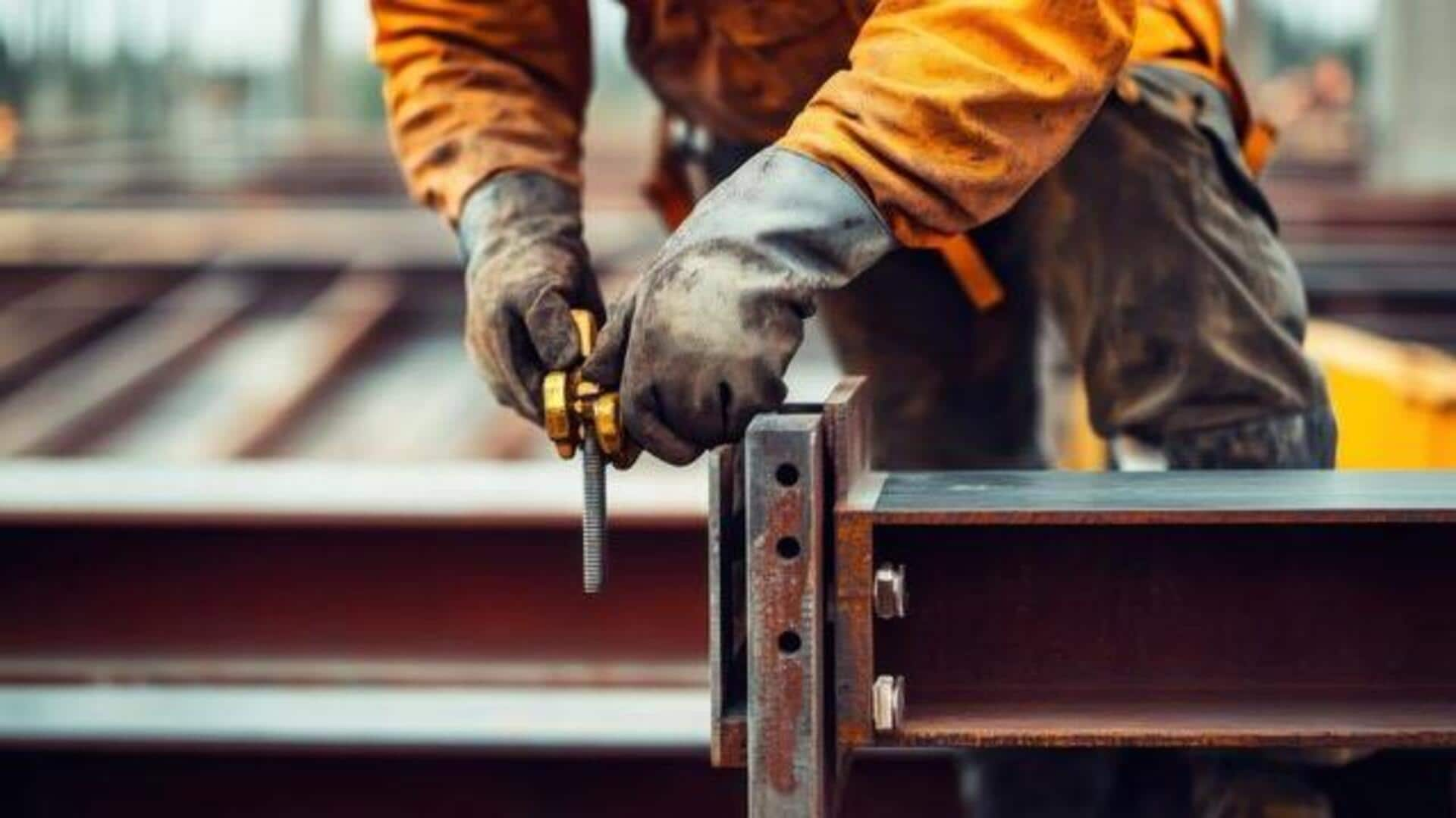
Want to know how Africans mastered ironworking? Read this
What's the story
The untold history of African ironworking: A testament to the continent's ingenuity and artistry
For millennia, African societies have mastered the art of smelting, shaping tools, weapons, and sculptures that carry deep cultural significance.
This article explores the efforts to resurrect these ancient techniques, highlighting both the challenges and the importance of preserving this crucial part of Africa's heritage.
Heritage
The historical significance of ironworking
Ironworking in Africa, spanning over 2,000 years, holds a history forged in fire and spirit, predating the metalwork of many civilizations.
These ancient traditions, rooted in cultural ceremonies and societal foundations, held blacksmiths in high esteem. They were considered both artisans and spiritual mediators.
From the fire, they turned earth into metal, leaving an indelible mark on societies across the continent.
Obstacles
Challenges in revival efforts
Why is it difficult to revive traditional African ironworking?
Modern life is a major culprit. People are abandoning traditional ways as cheap, factory-made metal goods become more accessible than ever.
There's also a shortage of the right stuff. Key ingredients like charcoal and special clays used for smelting are getting harder to find.
Plus, the old masters are dying out without apprentices to carry on their knowledge.
Learning
Educational initiatives and workshops
To counter this, several organizations have stepped in, offering workshops to teach young Africans the art of ancient ironworking.
These classes go beyond the technical aspects, highlighting the cultural importance of these traditions.
By combining history with hands-on experience, participants develop a deeper appreciation for their heritage, while also learning a valuable skill that can create economic opportunities.
Preservation
The role of museums and cultural institutions
Museums and cultural institutions are at the forefront of efforts to preserve and promote African ironworking traditions.
By organizing exhibitions that display historical artifacts along with contemporary pieces created using ancient techniques, they educate and inspire wider audiences about this rich cultural heritage.
Plus, some institutions host residencies for artisans, enabling them to demonstrate their craft live on-site. This offers visitors a unique, behind-the-scenes glimpse into the art-making process.
Involvement
Community engagement and support
For any revival effort to be successful, ensuring long-term sustainability is key. This can be achieved by fostering community involvement, securing support from local governments for funding workshops.
Community leaders play a crucial role in bridging the gap between generations by hosting local events.
Artisans showcase their creations and impart their knowledge to curious minds eager to learn the craft.